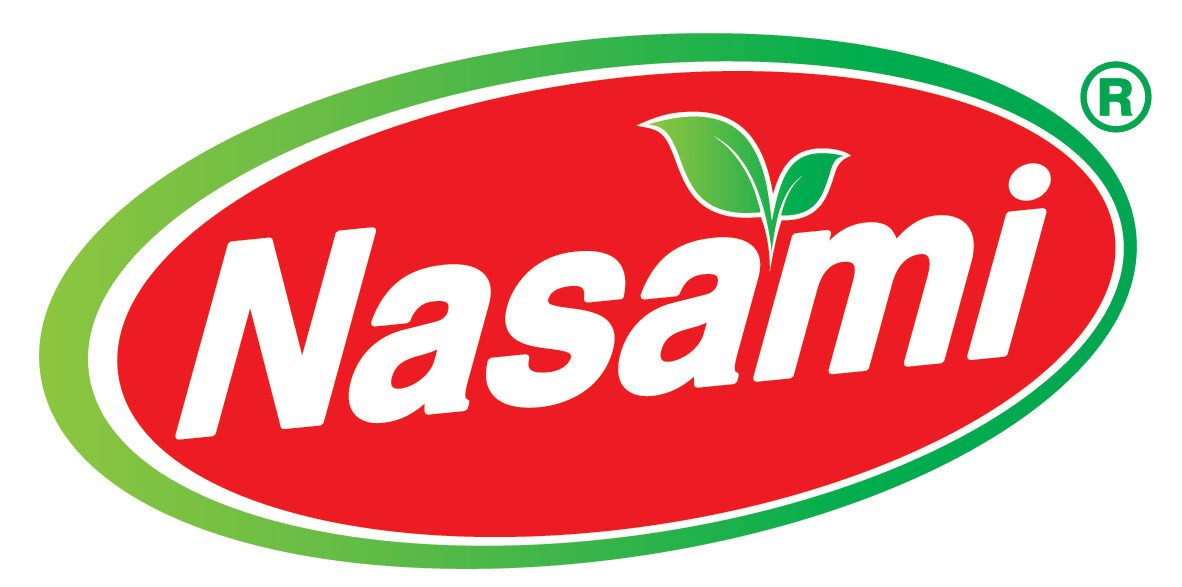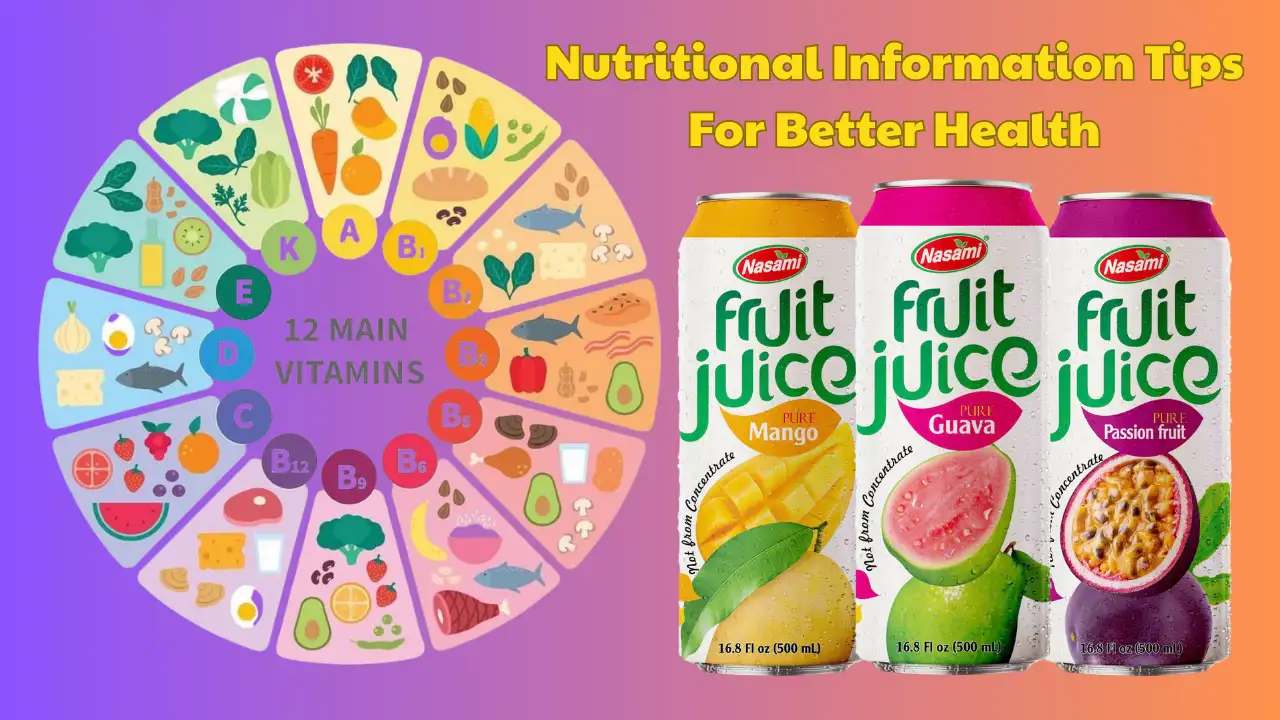In today’s fast-paced world, making healthier choices can feel overwhelming. From busy work schedules to endless food options on supermarket shelves, it’s easy to pick convenience over quality. Yet, when we pause and look at nutritional information, we gain the power to make decisions that not only fuel our bodies but also protect our long-term health.
Table of Content
ToggleThis article explores five essential tips that will help you understand, evaluate, and apply nutritional information to your daily life. Whether you are a health-conscious individual, a retailer looking to educate customers, or a distributor searching for better product insights, these strategies will make a lasting difference.

Why Nutritional Information Matters
Every packaged food or beverage comes with a label. That label is more than just numbers—it’s a roadmap to better health. By paying attention to nutritional information, you can:
Track calories and portion sizes.
Avoid excessive sugar, sodium, and unhealthy fats.
Compare products to find the best nutritional value.
Support long-term health goals, such as managing weight, boosting energy, or preventing disease.
Understanding nutritional information is not just about reading—it’s about applying it consistently to your choices.
Tip 1: Focus on Portion Size First
The first thing most people glance at is calories, but portion size often hides in plain sight. A single bottle may say 150 calories per serving, but if it contains two servings, drinking the entire bottle doubles your intake.
When you review nutritional information, always start with serving size. Ask yourself:
How many servings am I actually consuming?
Does this align with my daily calorie needs?
Is this product designed for individual or shared consumption?
By mastering portion sizes, you avoid the trap of underestimating your calorie and nutrient intake.
Tip 2: Decode Calories and Macronutrients
Calories represent energy, but the source of those calories is even more important. Carbohydrates, proteins, and fats—known as macronutrients—play unique roles in your health.
When analyzing nutritional information, check how calories are distributed:
Carbohydrates: Provide quick energy, but too many refined carbs lead to sugar spikes.
Proteins: Essential for muscle growth and repair.
Fats: Necessary for brain function and hormone balance, but the type of fat matters.
Balanced macronutrients ensure that your diet supports both short-term performance and long-term well-being.
Tip 3: Watch Out for Hidden Sugars
Sugar hides under many names: glucose, fructose, corn syrup, and more. While a product may look healthy on the surface, its nutritional information can reveal high amounts of added sugar.
Excess sugar contributes to weight gain, fatigue, and increased risk of chronic diseases. To make better choices:
Compare the sugar content of similar products.
Prioritize drinks or snacks with less added sugar.
Remember that natural sugars from fruit or milk differ from processed sweeteners.
A good practice is to limit added sugars to less than 10% of daily calories.

Tip 4: Check Vitamins and Minerals
Beyond calories and macronutrients, vitamins and minerals are crucial for optimal health. Reading nutritional information helps you identify products rich in micronutrients such as Vitamin C, Vitamin D, calcium, and iron.
Micronutrients may appear in small amounts on labels, but their impact is significant:
Vitamin C boosts immune function.
Calcium strengthens bones and teeth.
Iron supports energy and oxygen transport.
When choosing between similar items, the one with more essential micronutrients is usually the smarter choice.
Tip 5: Compare Products to Find the Best Option
The final step is using nutritional information to compare similar products. For example, two brands of fruit juice may look identical on the outside, but one may contain fewer calories, less sugar, and more Vitamin C.
By practicing comparison shopping:
You identify healthier brands.
You build long-term buying habits.
You avoid marketing tricks that focus only on taste or packaging.
Making comparisons ensures that you consistently select the best options for your health.
Practical Applications for Businesses
For distributors, retailers, and foodservice companies, understanding nutritional information is not just about health—it’s about building trust. Consumers are becoming more informed and demand transparency. Companies that highlight accurate nutritional data on packaging, websites, or promotional material stand out in competitive markets.
Retailers can also train staff to explain key points about nutritional information, helping customers make confident decisions. This strengthens loyalty and positions your business as a reliable source of wellness-focused products.
Common Myths About Nutritional Information
Many people misinterpret or ignore labels. Let’s clear up a few myths:
Myth 1: Calories are all that matter.
Reality: The quality of calories (macronutrient balance) matters more.Myth 2: Natural means healthy.
Reality: Even natural products can have high sugar or sodium. Always check nutritional information.Myth 3: Low-fat is the best choice.
Reality: Many low-fat products add sugar to improve taste, which may cancel out the benefit.
How to Make Nutritional Information a Daily Habit
Integrating nutritional information into your daily routine doesn’t have to be difficult. Here are some strategies:
Meal Planning: Use labels to design balanced meals ahead of time.
Shopping Smart: Bring a checklist of what to look for in nutritional information.
Tracking Progress: Use mobile apps to log and evaluate your daily intake.
Educating Family: Teach kids and loved ones how to read labels early.
With practice, reading labels becomes second nature—just like checking prices or expiration dates.
Case Study: The Power of Nutritional Awareness
Consider two individuals: Alex and Sarah.
Alex buys drinks and snacks based on taste and packaging. He rarely checks nutritional information. Over time, he consumes high sugar and sodium levels, leading to weight gain and fatigue.
Sarah, on the other hand, reads labels carefully. She compares products, prioritizes balanced macronutrients, and watches her sugar intake. Within months, she feels more energetic, loses excess weight, and builds healthier habits.
This example shows how applying nutritional information consistently leads to better outcomes.
Frequently Asked Questions (FAQ)
1. What is the most important part of nutritional information?
Serving size and calories, because they determine your actual intake.
2. How do I know if a product is truly healthy?
Compare macronutrients, sugar levels, and micronutrients across options.
3. Why does sodium matter in nutritional information?
High sodium intake raises blood pressure and risks heart disease.
4. Can businesses benefit from highlighting nutritional information?
Yes. It builds trust and meets the growing demand for transparency.
Conclusion
Health is built on consistent choices, not one-time decisions. By understanding and applying nutritional information, you empower yourself to:
Control calories and portion sizes.
Balance macronutrients.
Limit harmful additives like sugar and sodium.
Prioritize essential vitamins and minerals.
Compare products wisely.
Whether you’re an individual aiming for wellness or a business catering to health-conscious customers, nutritional information is your strongest ally. Start today, and watch small changes lead to a healthier, more energized future.
View more:

